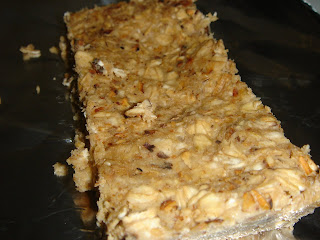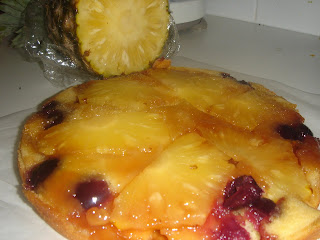 This photo is not my tuna casserole. This photo is an attempt at a different casserole in an attempt to be be different that I was then told was not as good as my tuna casserole.
This photo is not my tuna casserole. This photo is an attempt at a different casserole in an attempt to be be different that I was then told was not as good as my tuna casserole.To be honest, my tuna casserole recipe is embarassing. I don't want to post it. It's what I ate as a bachelorette from all the cans of crap in my cupboard when I was hungry and lazy. I remember my mother making this regularly and I remember loving it as a child. I've tried making it with fresh ingredients but for some reason (and I'm guessing that reason is salt) it doesn't taste as good. But it's easy. And it's quick. And it's delicious. Oh, and it's cheap.
2 cups pasta, tubular or spiral (when ultra lazy and at the end of my packets, I'd mix them to use them up)
1 can cream of mushroom soup
1 can peas, drained
1 can corn, drained
1 average can tuna, mercury free, because even as a bachelorette I was 'picky' (my excuse)
1 cup cheese
Salt/Pepper to taste (though I don't use salt - I feel the corn and cheese has enough)
Preheat oven to 180/360
Boil pasta and drain. Normally people say to mix all the ingredients in a bowl, but I never did. I always put them directly in the casserole dish and stirred it around with a butterknife (see.. this IS embarassing) until it was mixed. If the dish looked a little low and I had it on hand, I'd add some cream, but not often. It's perfect as is.
Bake for twenty minutes with lid on, ten minutes with lid off.
I wish I was joking when I say everyone loves this recipe. I didn't want to post it. I wanted to make some fancy fresh chicken casserole for this post and was immediately told it wasn't as good as my 'casserole from a can'. DAMN. Curses. Narf!
Spoon into bowls. Feeds four, but I could eat the thing by myself in front of the TV straight from the casserole dish.










